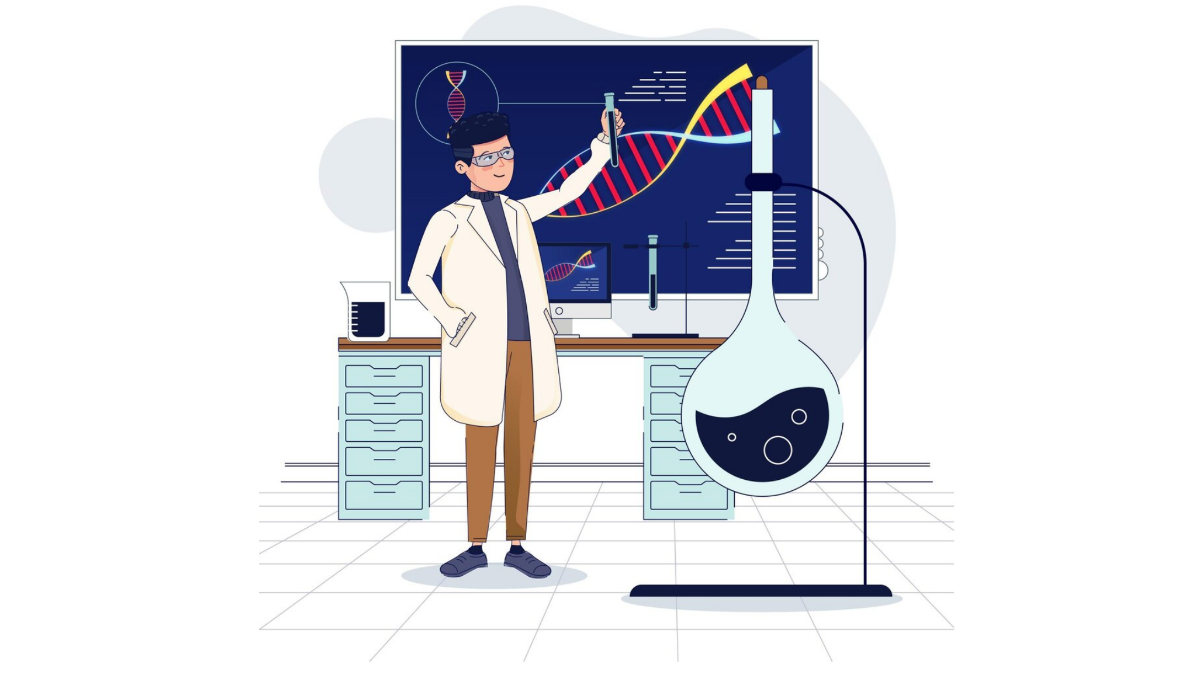
WGS (whole genome sequencing) is a very powerful tool that researchers use to determine drug resistance and genetic basis of insecticides. However, the tool can be very excessive, especially for researchers who don’t know the locations of specific mutations. This is where amplicon sequencing comes in.
Table of Contents
What is Amplicon Sequencing?
It’s a highly targeted technique, which helps researchers analyze genetic changes in a specific genomic region. Amplicons (PCR products’ ultra-deep sequencing) uses probes of oligonucleotides to capture and target all the regions of interest, often followed by NGS (next-generation sequencing). It is helpful for discovering rare somatic mutations, especially in a complex sample, like tumors that are combined with germline DNA. Usually, it involves the following steps:
- Sample preparation – This step involves extracting DNA from samples and quantifying DNA.
- Library construction – This is a two-step approach that constructs libraries of amplicon sequencing. In the first step, oligonucleotide probes that are specially made help to amplify every targeted region of prepared genomic DNA and then attach barcode to amplicons. The second step attach sequencing adapters.
- Sequencing – Researchers use illumina HiSeq/MiSeq systems as well as other platforms of NGS to sequence amplicons. MiSeq generates more reads than HiSeq, but takes shorter time.
- Analysis of data – Researchers must assess quality of sequenced data. This step often helps to determine, which reads to remove, trim, filter, and maintain. Usually, clean and high-quality data is necessary for post-analysis.
Applications
The technique give projects the flexibility of targeting genetic disease, cancer, and studies of population genetics. It also helps to discover germine and somatic variants. For this reason, researchers apply the method in various industries, like environmental field, agriculture, and medical field. In environment field, it helps to assess and improve environments before making improvements. In agriculture, it explores interaction between plants/livestock and microorganisms. And in medical field, it discovers how human diseases/health, genes, and microbes relate.
Targeted Sequencing vs. Amplicon Sequencing
Both sequencing helps to selectively sequence very specific genome regions, instead of the entire genome. But their key differences lies in how researchers amplify and select regions of interest. Targeted sequencing often amplifies fragments via hybridization capture as well as uses baits/probes that complementary target regions to enrich specific regions, like exons and genes. On the other hand, amplicon sequencing amplifies fragments of DNA through PCR. Normally, PCR primers, which are designed to anneal very specific sequences, helps to define target regions. Compared to targeted sequencing, amplicon sequencing is more cost-effective because it involves capture reagents.
Additional Benefits
Amplicon sequencing has many benefits that makes the method a perfect option for research. First, it minimizes the turnaround time when compared to methods, such as WGS. Second, it efficiently facilitates screening and discovery of germline variants with more targeted approach. Last but not least, amplicon sequencing also supports multiplexing of more than 200 amplicons in just one reaction.
In a nutshell, amplicon sequencing remains the most cost-effective option that microbe researchers use to investigate samples’ microbial compositions. In addition, for samples that are plagued by various issues, like low yield of DNA, the method helps to generate data necessary for differentiating cost-effective rates and analyzing microbiome.